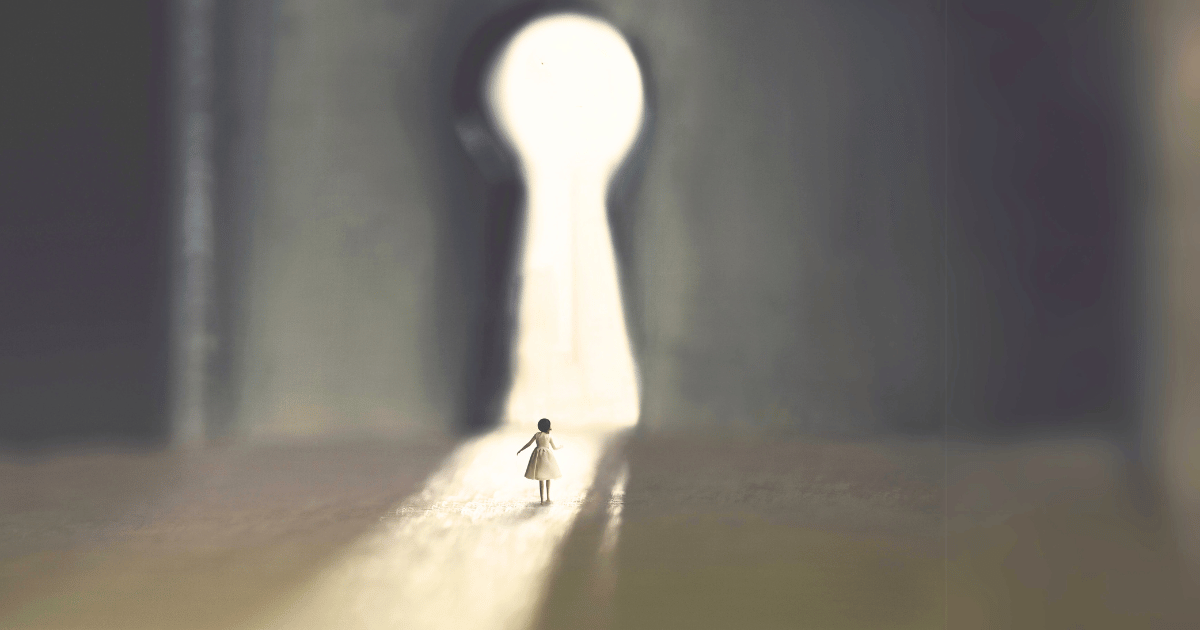The serpent has been a powerful and enigmatic symbol across civilizations for thousands of years. From ancient monumental temples and sacred inscriptions to healing emblems and mythological tales, its presence is deeply rooted in human history. In this article, we will explore the symbolic significance of the serpent in different cultures, its historical evolution, and its spiritual interpretations. Additionally, we will delve into personal experiences and how symbolic encounters with serpents can guide our inner transformation.

A Personal Encounter with the Serpent’s Power
Recently, I had an experience that vividly demonstrated the transformative energy of the serpent. A snake appeared in our backyard, shedding its old skin as it moved forward. This scene was a profound metaphor for spiritual renewal and rebirth. Just as the serpent discards what no longer serves it, we too are called to release outdated habits and beliefs to embrace growth and transformation.
Historical and Cultural Background
Göbekli Tepe: The First Serpent Symbol 🐍
One of the earliest known depictions of the serpent is found at Göbekli Tepe (c. 12,000 BCE), the world’s oldest monumental temple. Alongside depictions of lions, bulls, foxes, and cranes, the serpent is prominently featured on massive T-shaped pillars. The discovery of Göbekli Tepe challenges traditional assumptions about early human societies, revealing an advanced understanding of architecture, mathematics, and symbolism long before the rise of ancient civilizations such as Sumer or Egypt.

The Oldest Written Record: Sumerian Tablets 🐍
The earliest known written records, the Sumerian tablets, prominently feature the serpent symbol. In these ancient texts, Ningishzida, a guardian of the celestial realm, is depicted as a human-headed serpent or a double-helix intertwined serpent. This imagery foreshadows later representations of healing (the caduceus) and spiritual transformation.
A famous depiction of Ningishzida appears on a libation vessel from c. 2120 BCE, now housed in the Louvre Museum’s Department of Near Eastern Antiquities.

The World’s First Literary Work: The Epic of Gilgamesh
The Epic of Gilgamesh, the world’s oldest known literary work, presents the serpent as a key symbol. In the tale, a snake steals the plant of immortality from Gilgamesh, reinforcing the serpent’s association with renewal, the cycle of life, and transformation.

The Queen of Serpents: Shahmaran
In Middle Eastern mythology, Shahmaran (Queen of the Serpents) is revered as a wise and mystical being. She is known as a guardian of secrets and a healer, with her flesh and milk believed to possess powerful healing properties. This duality—holding both wisdom and danger—illustrates the serpent’s role as a symbol of both good and evil.

The Largest Effigy Mound in the World: The Serpent Mound
The Serpent Mound, a prehistoric effigy mound in North America (c. 300 BCE), highlights the serpent’s spiritual and celestial significance. The serpent’s head aligns with the sunset during the summer solstice, while its tail points to the winter solstice sunrise. Scholars suggest it may have functioned as a calendar or astronomical marker. Additionally, its design aligns with the Draco constellation, particularly Alpha Draconis (Thuban), the North Star in ancient times. This suggests the mound may have served as a type of compass for determining true north.
Built by the Adena culture, the Serpent Mound stretches 411 meters (1,348 feet) and features a coiled tail, a head, and seven undulating loops—forming the shape of a massive snake. History

The Feathered Serpent in Maya Civilization: Kukulcán
The Kukulcán Pyramid in Chichén Itzá, Mexico, was dedicated to the Feathered Serpent deity. During the equinoxes, sunlight casts a moving shadow along the pyramid’s steps, creating the illusion of a serpent descending from the heavens. The pyramid also has 365 steps, symbolizing the Maya calendar and the cycle of time.

The Serpent in Persian Culture: The Book of Serpents
An ancient Persian poem, Mar Nameh (The Book of Serpents), describes the prophetic meanings of encountering different types of snakes throughout the 30 days of the lunar cycle. This text highlights the deep symbolic and mystical role of serpents in Persian traditions.
The Most Well-Known Serpent Symbols

Kundalini and Azoth
Kundalini energy, symbolized by a coiled serpent at the base of the spine, represents latent spiritual power. When awakened, it rises through the chakras, leading to enlightenment. Similarly, Azoth, an alchemical concept, represents transformation and spiritual ascension. The earliest depiction of Azoth appears in the caduceus-like staff of Ningishzida from the Neo-Sumerian period.

Ouroboros: The Serpent of Infinity
The Ouroboros, one of the oldest symbols in alchemy, originates in ancient Egypt and was later found in King Tutankhamun’s tomb. Depicting a serpent eating its own tail, it represents the eternal cycle of life, death, and rebirth.

The Meanings of the Serpent Symbol
- Shedding Skin & Transformation: The serpent’s ability to shed its skin symbolizes renewal and spiritual growth, encouraging us to let go of what no longer serves us.
- Femininity & Creation: The serpent’s connection to water and life-giving forces parallels female fertility and the cycles of creation.
- Duality & Contradiction: The serpent embodies both the underworld (darkness, destruction) and the earth (light, healing), making it a symbol of balance and unity.
- The Mother Archetype: Carl Jung associated the serpent with the mother archetype, representing both nurturing and destructive aspects of creation.
- Energy & Vitality: Many cultures view the serpent as a representation of life force energy and supernatural power.
- Healing & Medicine: In ancient Greece, the serpent was linked to Asclepius, the god of medicine, and remains a symbol of healing today.
- Dreams & the Unconscious: In dreams, serpents often signify deep-seated emotions, unconscious fears, and hidden wisdom.
- Spiritual Awakening & Mysticism: Encounters with serpent symbolism may indicate an impending transformation or spiritual enlightenment.
- Grounding & Support: As cold-blooded creatures, serpents rely on external sources of warmth, reminding us of the balance between self-sufficiency and external guidance.
Conclusion: The Serpent as a Personal Guide
From Göbekli Tepe and Sumerian tablets to Shahmaran and Maya pyramids, the serpent remains one of the most powerful and multifaceted symbols in human history. It represents transformation, duality, the flow of energy, and spiritual wisdom—inviting us to embrace change and growth on our own paths.
References
- Göbeklitepe Kültür Portalı
- Britannica: Sumer
- Britannica: Ningişzida
- Yale University Press: Gilgamesh
- Turkoloji: Şahmeran Efsanesi
- History.com: Serpent Mound
- Britannica: Chichén Itzá ve Kukulcán Piramidi
- Mar Nameh (The Persian Mar Nameh)
- Merriam-Webster: Azoth
- Britannica: Ouroboros
- Çalışkan, S. (1998). “Literary Representations of the Snake Woman Motif: A Comparative Analysis”. Hacettepe Üniversitesi Edebiyat Fakültesi Dergisi, 15(2): 91-103.
- Gardin, J. (2014). Dinlerde ve Kültürlerde Yılan İmgesi.
- Ateş, M. (2012). Mitolojiler ve semboller: Ana Tanrıça ve Doğurganlık. İstanbul: Milenyum.
- Campbell, J. (2015). Batı Mitolojisi (K. Emiroğlu, Çev.). İstanbul: Islık.
- Jung, C. G. (2013). Archetypes and the Collective Unconscious.
- Jungpage.org: The Serpent’s Prayer
- Mason, R. T. (1999). The Divine Serpent in Myth and Legend.
- PubMed (Tıbbi amblem olarak yılan bilgisi)












